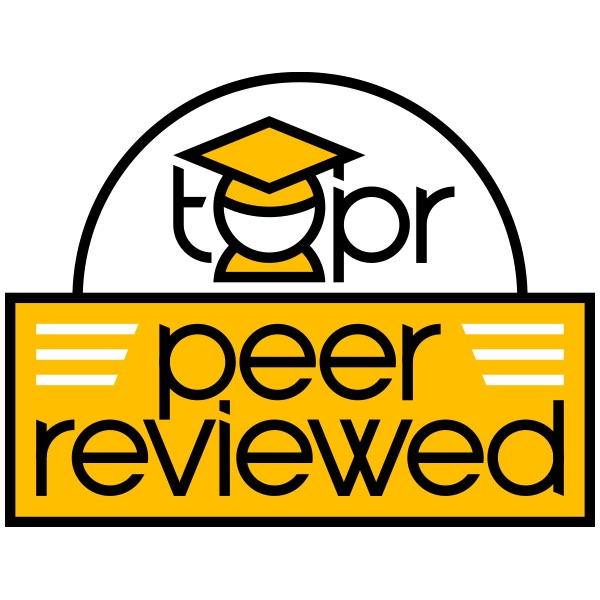
Finding and/or gathering course content can be a great challenge for faculty and course designers. By taking advantage of the time to acquire media content while out in the field, this can provide a great opportunity to turn those resources into multiple types of online content for students. Our strategy to address this challenge is a two-step process.
The first step is to capture media content through photos, videos, audio clips, etc.
When traditional study abroad courses, conference travel, or grant-funded research takes you into the field, there is an opportunity to provide students with a window into your professional world or the world around you while on location. If time allows, you may choose to provide students with a live experience via Zoom or MS Teams, similar to UCF’s Online Abroad model (Howard, Perrotte, Lee, & Frisone, 2017), which can also be recorded for future use. For a strictly asynchronous experience, using a smartphone and/or 360 camera allows you to capture media footage that may be later accessed in a digital repository for course development or used to build 360 interactive experiences.
Once the media has been acquired, the second step is to curate the content into multiple types of resources.
Video recordings may be beneficial as educational videos for future students or even B-roll footage for marketing. Using programs like 3D Vista, Thing Link, or Unreal Engine, videos or photos can be turned into asynchronous immersive interactive experiences. Images and videos captured with a 360 camera can be used to create personal online tours or training tutorials for students that mimic an in-person experience.
By capturing media content, these items can be used in present and future courses, shared with other faculty teaching related courses, or made public as open educational resources (OER) under creative commons license. Uploading this content into a digital repository helps those who may not have the opportunity to travel and gather their own content. Additionally, making the digital repository an OER allows for a wider reach in making this content accessible and free to students, as well as saving time and resources for other faculty (Salter, 2016). OER also has the potential to fill in the gap of digital educational resources’ availability, such as in cases where gathering content is inaccessible (i.e, COVID, restricted areas, size capacities).
Strategy Implementation
The examples provided are predominantly from faculty in the Modern Languages and Literatures department at the University of Central Florida. However, the practice of capturing media content does not apply only to the arts and humanities. The above strategies could apply to other disciplines as well:
- Anthropology: footage of students or experts on a dig site; 3D modeling recreation
- Nursing: Conference travel, networking with experts to serve as guest speakers that could be recorded for future use
- Engineering: Tours of restricted areas/work sites
- Tourism/Hospitality: study abroad or work abroad opportunities for students with the potential to capture media content
- Biology: 360 videos of labs and experiments
The Pegasus Innovation Lab (iLab) who has worked with these faculty members also partners with the UCF Libraries to create these digital repositories and the Faculty Multimedia Center (FMC) on videos and interactive content. In addition to partnering with others, when creating a digital repository it is important to keep in mind quality procedures, such as ensuring librarians, curators, and/or authors are correctly inputting information; using clear and accurate links and descriptions; and considering mobile-friendly and accessible design (Perifanou, M., & Economides, A. A., 2022).
Artifacts:
- Fulbright Repository: Russia 2018: https://stars.library.ucf.edu/fulbrightrussia2018/
- Journey Cuba: https://stars.library.ucf.edu/journeycuba/
- Fulbright Repository: Argentina 2022: https://stars.library.ucf.edu/fulbrightargentina2022/
- Differences Between Argentinian & Puerto Rican Spanish: https://vimeo.com/772527234/3a8d94c952
- Words to Describe Women: https://vimeo.com/778915124/3f509b3fe3
- Duomo in Florence Cupola tour: https://www.thinglink.com/scene/1829919176924332518
- Medici Chapel 360 Interactive Experience: https://storage.net-fs.com/hosting/7543507/1/
- The Past Feeding the Present – 360 Interactive: https://storage.net-fs.com/hosting/7543507/11/
Special thanks to Eric Fabra who produced the Vimeo, Thinglink, and 3D Vista 360 artifacts above.
Scholarly Reference(s)
Cross, S., Wolfden, F., & Adinolfi, L. (2022). Taking in the complete picture: Framing the use of 360-degree video for teacher education practice and research. Teaching and Teacher Education, 111, 103597. https://doi.org/10.1016/j.tate.2021.103597
Howard, W., Perrotte, G., Lee, M., & Frisone, J. (2017). A formative case evaluation for the design of an online delivery model providing access to study abroad activities. Online Learning Journal (OLJ), DOI: http://dx.doi.org/10.24059/olj.v21i3.1234
Liu, Y., & Shirley, T. (2021). Without crossing a border: Exploring the impact of shifting study abroad online on students’ learning and intercultural competence development during the COVID-19 pandemic. Online Learning Journal (OLJ), Vol. 25, Issue 1. DOI: http://dx.doi.org/10.24059/olj.v25i1.2471
Perifanou, M., & Economides, A. A. (2022). Measuring quality, popularity, demand and usage of repositories of open educational resources (ROER): A study on thirteen popular ROER. Open Learning: The Journal of Open, Distance and e-Learning, DOI: 10.1080/02680513.2022.2033114
Salter, A. (2016). Implement open educational resources. In B. Chen & K. Thompson (Eds.), Teaching Online Pedagogical Repository. Orlando, FL: University of Central Florida Center for Distributed Learning. https://topr.online.ucf.edu/open-educational-resources-a-significant-movement-in-education/.
Citation
Stahl, N., Howard, W. (2024). Transferring Field Based Experiences into Multiple Sources of Online Content. In deNoyelles, A., Bauer, S., & S. Wyatt (Eds.), Teaching Online Pedagogical Repository. Orlando, FL: University of Central Florida Center for Distributed Learning.